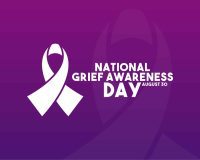
Finding yourself in a caregiver’s role can feel daunting, especially in the beginning when you’re faced with a myriad of new responsibilities like medication tracking, medical appointments, and providing comfort care.
There’s a certain level of management and organization that being a caregiver demands. It can eat away at quality time spent with anyone but the patient – so with simple list-making, you can save a lot of time and effort, and get more quality time with the patient too. Lists can be very useful in cases of emergencies or when someone comes in to care who is new to the patient.
Lists are also a great way to keep track of important contacts, such as:
- Medical personnel
- Addresses and telephone numbers
- Home healthcare agencies
- Other caregivers who can help or fill in
- Lawyers and financial advisors
- Emergency contacts
These lists are best kept someplace that’s easily visible, and it’s a good idea to make copies and share them with other family members. Listing where certain medical items, such as blood pressure monitors and thermometers, are kept would also be an essential list to have in the home.
A list of medications the patient is taking is another one that’s extremely valuable to have on hand. Ideally, it should include the name of the medication and dosage, updating as necessary when dosages or medications change. Some people even include a color image of the pill next to the name for easy identification.
To help keep track of appointments and visitation schedules from hospice team members, a large calendar provides a great space to keep things clear and easy to read.
You can capture all these lists in a clearly marked notebook, separating the sections by tabs, or using separate sheets of paper. Whatever method works best for you, using lists is a great way to give yourself peace of mind when taking care of a loved one.




